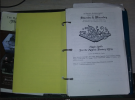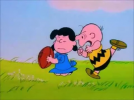- Joined
- May 15, 2017
- Messages
- 7,600
- Reaction score
- 19,593
depends on which one you are playinglol, not even
 I'm playing in a Destined game with a Lucky character, and it is remarkably similar. Specifically, adding a detail to a scene comes up all the time.
I'm playing in a Destined game with a Lucky character, and it is remarkably similar. Specifically, adding a detail to a scene comes up all the time.



 !
!




